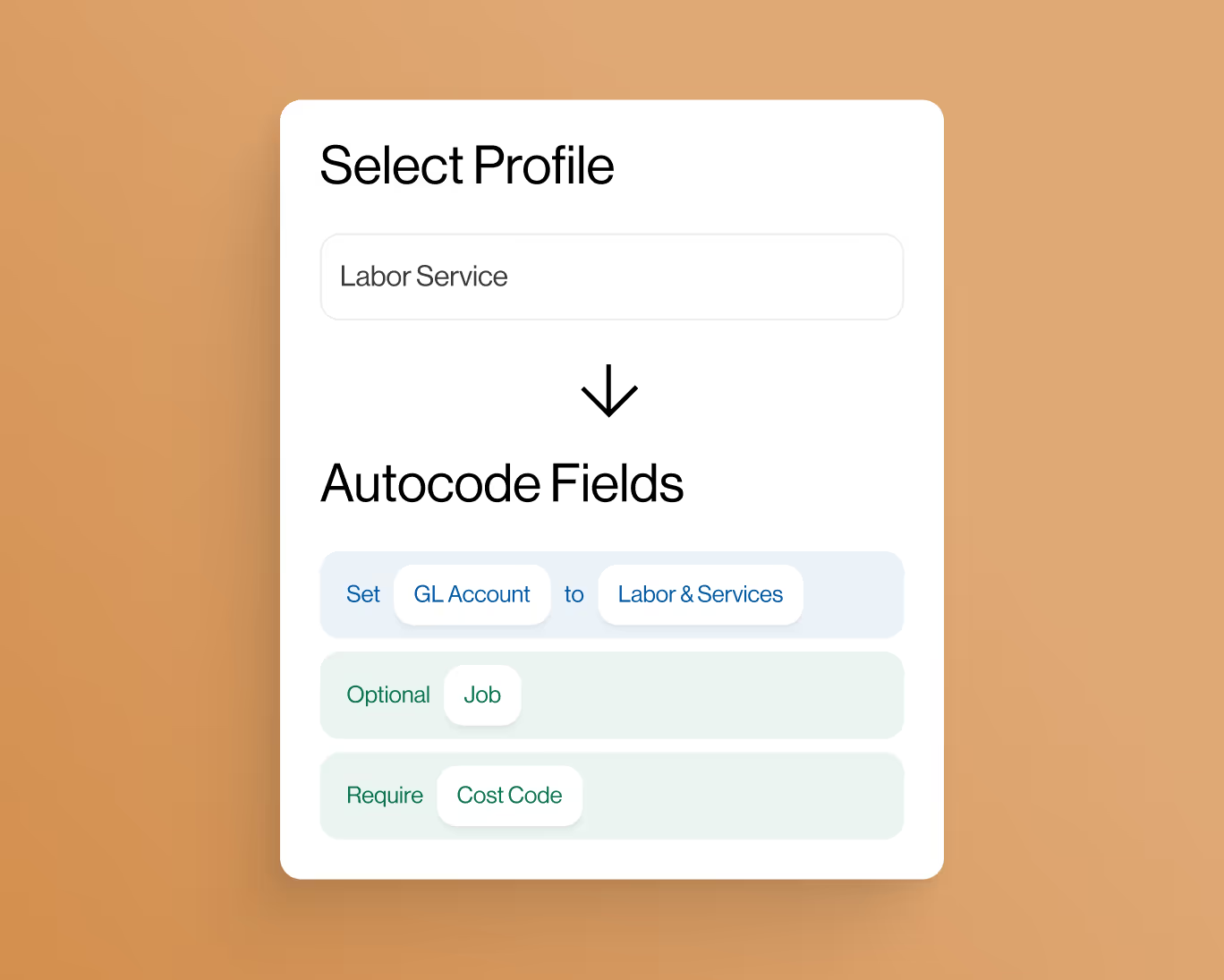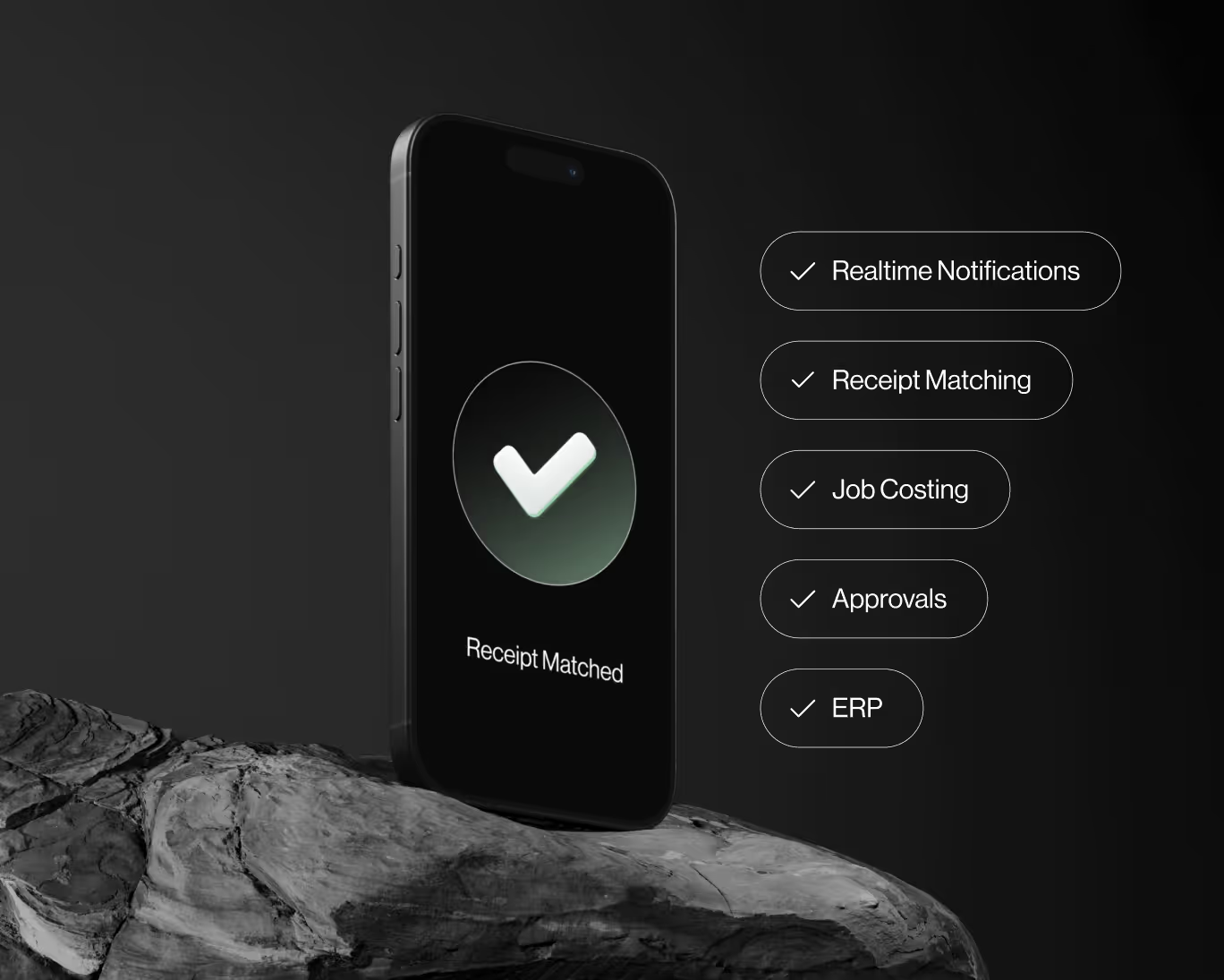Work Breakdown Structure Dictionary in Construction: Enhancing Project Clarity and Communication
In the construction industry, large projects often involve a multitude of tasks and deliverables that require careful management and coordination. The Work Breakdown Structure (WBS) is a powerful tool used to break down complex projects into manageable components, but further elaboration on each WBS element is essential for clarity and effective communication. This is where the Work Breakdown Structure Dictionary comes into play. In this blog post, we will explore the significance of the Work Breakdown Structure Dictionary in construction projects and its role in enhancing project management and execution.
What is the Work Breakdown Structure Dictionary in Construction?
The Work Breakdown Structure Dictionary is a companion document to the Work Breakdown Structure. It provides detailed information about each WBS element, including tasks, deliverables, milestones, resources, and other relevant data. The dictionary acts as a reference guide that defines and describes each component of the WBS, offering a comprehensive understanding of the project's scope, requirements, and responsibilities.
The Work Breakdown Structure Dictionary serves as a vital source of information for project managers, team members, stakeholders, and other project participants, facilitating clear communication and reducing the risk of misunderstandings or misinterpretations.
Elements of the Work Breakdown Structure Dictionary
The Work Breakdown Structure Dictionary includes essential information related to each element in the WBS. Common elements of the dictionary are:
- WBS Code: A unique identifier assigned to each element in the WBS to simplify project tracking and organization.
- Description: A detailed description of the deliverable or task, including its purpose, objective, and any specific requirements or constraints.
- Responsible Party: The individual or team responsible for executing the specific task or delivering the corresponding element of the WBS.
- Duration: The estimated duration or time frame required to complete the task or deliverable.
- Resources: The resources, such as labor, materials, equipment, or subcontractors, needed to accomplish the task or deliverable.
- Dependencies: Any dependencies or relationships with other tasks or deliverables in the WBS that may impact its execution or completion.
- Cost Estimates: The estimated cost associated with each WBS element to support project budget planning.
- Quality Criteria: Specific quality standards or criteria that must be met for the successful completion of the task or deliverable.
- Notes and Assumptions: Any relevant notes, assumptions, or constraints that may affect the execution of the task or deliverable.
Significance of the Work Breakdown Structure Dictionary
The Work Breakdown Structure Dictionary plays a crucial role in construction projects for various reasons:
- Enhanced Clarity: By providing detailed descriptions and information about each WBS element, the dictionary ensures that project participants have a clear understanding of their roles and responsibilities.
- Improved Communication: The dictionary fosters effective communication among team members, stakeholders, and project managers, minimizing misunderstandings and promoting collaboration.
- Accurate Planning: With detailed information on resources, duration, and dependencies, project managers can plan and schedule activities more accurately and allocate resources efficiently.
- Effective Decision-Making: The dictionary provides essential data to support informed decision-making throughout the project lifecycle.
- Documentation: It serves as a valuable reference for future projects and aids in knowledge transfer and organizational learning.
- Risk Mitigation: By outlining assumptions and constraints, the dictionary helps identify potential risks and challenges, enabling proactive risk management.
Creating an Effective Work Breakdown Structure Dictionary
To create an effective Work Breakdown Structure Dictionary in construction projects, consider the following guidelines:
- Collaborative Approach: Involve relevant stakeholders, project managers, and subject matter experts in developing the dictionary to ensure comprehensive and accurate information.
- Consistency: Maintain consistency in the format and level of detail throughout the dictionary for easy comprehension and navigation.
- Update Regularly: Keep the dictionary up to date with any changes in the project scope, requirements, or responsibilities.
- Accessible Format: Ensure that the dictionary is easily accessible to all project participants through a centralized platform or project management software.
- Review and Validation: Review and validate the dictionary with relevant stakeholders to ensure accuracy and completeness.
Conclusion
The Work Breakdown Structure Dictionary is a valuable asset in construction projects, providing detailed information about each element in the WBS. By enhancing project clarity and communication, the dictionary empowers project teams to execute tasks efficiently, allocate resources effectively, and make informed decisions. Emphasizing a collaborative approach and regular updates, construction companies can leverage the Work Breakdown Structure Dictionary to optimize project management, foster collaboration, and achieve successful project outcomes.










